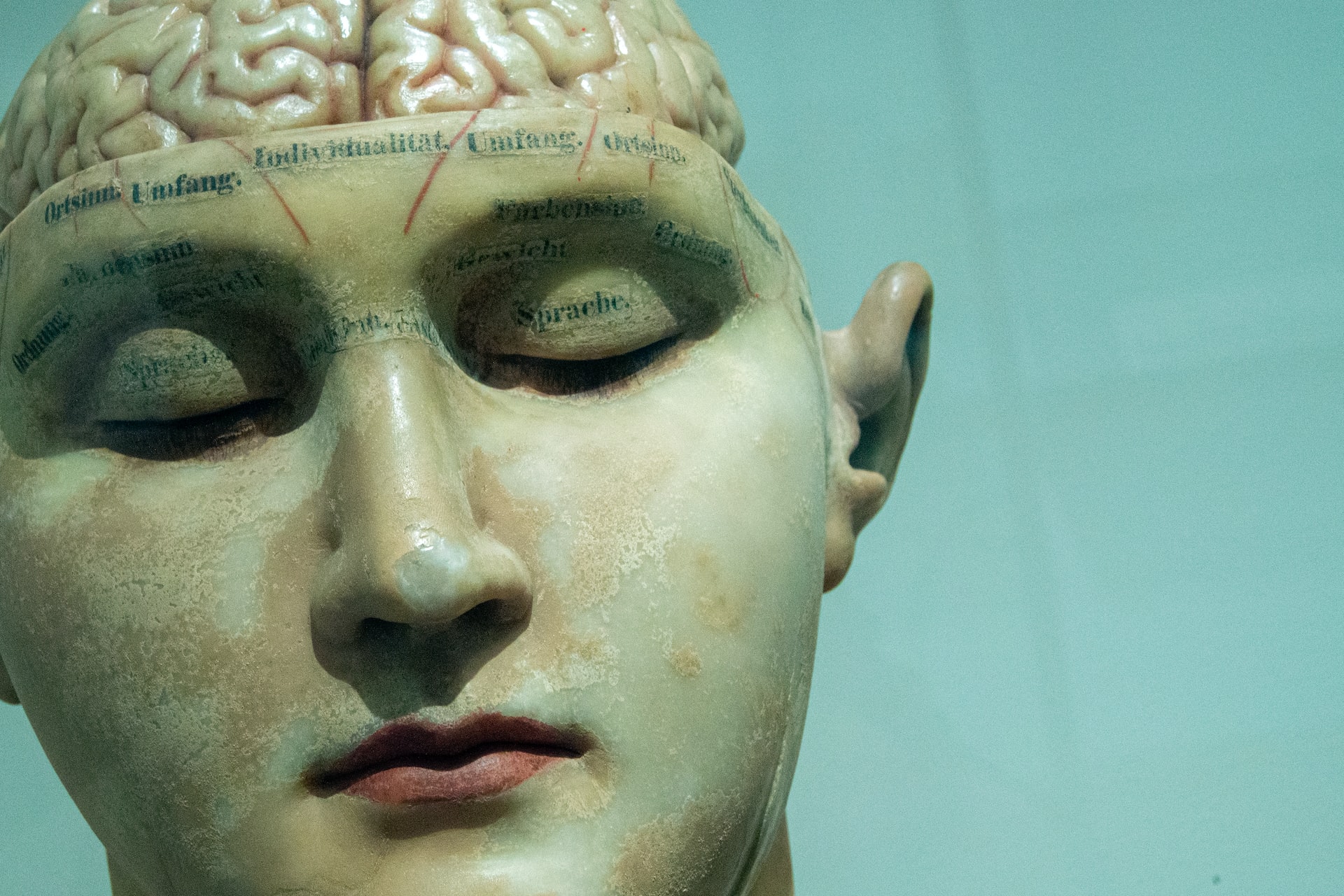Tell me about 23andme apoe4
23andMe APOE4: Understanding Your Genetic Risk for Alzheimer’s Disease
Alzheimer’s disease is a growing concern in society, with an estimated 5.8 million people in the United States alone living with this degenerative brain disorder. It is the most common form of dementia and currently has no cure. As researchers continue to search for treatments and prevention methods, advancements in technology have allowed for a deeper understanding of the genetic factors that contribute to Alzheimer’s disease.
One such technology is 23andMe, a direct-to-consumer genetic testing company that offers an array of DNA analysis services. One of their popular offerings is the APOE4 test, which provides individuals with information about their risk for developing Alzheimer’s disease. In this article, we will dive into what exactly APOE4 is, how 23andMe tests for it, and what this information means for those who carry the gene.
What is APOE4?
First, let’s break down the term APOE4. APOE (apolipoprotein E) is a gene that provides instructions for making a protein that helps carry cholesterol and other fats in the bloodstream. There are three common variations of this gene – APOE2, APOE3, and APOE4. Each person inherits one copy of the APOE gene from each parent, resulting in a combination of two copies of either APOE2, APOE3, or APOE4.
The APOE4 variation has been associated with an increased risk for developing late-onset Alzheimer’s disease, which is the most common form of the disease that occurs after the age of 65. It is important to note that carrying one or two copies of the APOE4 gene does not guarantee that an individual will develop Alzheimer’s disease, but it does increase their risk.
How does 23andMe test for APOE4?
The 23andMe APOE4 test is a simple and non-invasive process. After purchasing the kit online, the individual will receive a saliva collection tube in the mail. They will then provide a saliva sample and send it back to the company for analysis.
The saliva sample contains DNA, and 23andMe uses a process called genotyping to identify specific variations in the APOE gene. Through this process, they can determine if an individual has one or two copies of the APOE4 gene.
What does this information mean?
If an individual receives a positive result for carrying one or two copies of the APOE4 gene, it means that they have an increased risk for developing late-onset Alzheimer’s disease. However, it is essential to remember that this is not a diagnosis but rather an indication of genetic susceptibility.
It is also important to note that not all individuals with the APOE4 variation will develop Alzheimer’s disease. Other factors such as lifestyle, environment, and other genetic variations also play a role in determining an individual’s risk.
What can you do with this information?
Some may wonder what can be done with this information once it is received. First and foremost, it is essential to understand that having the APOE4 gene does not mean that Alzheimer’s disease is inevitable. There are steps individuals can take to lower their risk, such as maintaining a healthy lifestyle with regular exercise and a balanced diet.
It is also crucial to discuss these results with a healthcare professional to fully understand the implications and create a plan for monitoring and managing potential risks. Additionally, there may be opportunities to participate in research studies aimed at finding new treatments or preventative methods for Alzheimer’s disease.
Final Thoughts
In conclusion, 23andMe APOE4 testing provides individuals with valuable information about their genetic risk for developing late-onset Alzheimer’s disease. It is a simple and non-invasive process that can be done in the comfort of one’s home. However, it is important to remember that this is just one factor in the development of Alzheimer’s disease, and other lifestyle and environmental factors also play a role.
If you are considering taking the 23andMe APOE4 test, it is essential to educate yourself on the potential implications and discuss the results with a healthcare professional. With this information, individuals can take proactive steps towards maintaining their brain health and potentially helping researchers find a cure for Alzheimer’s disease.





